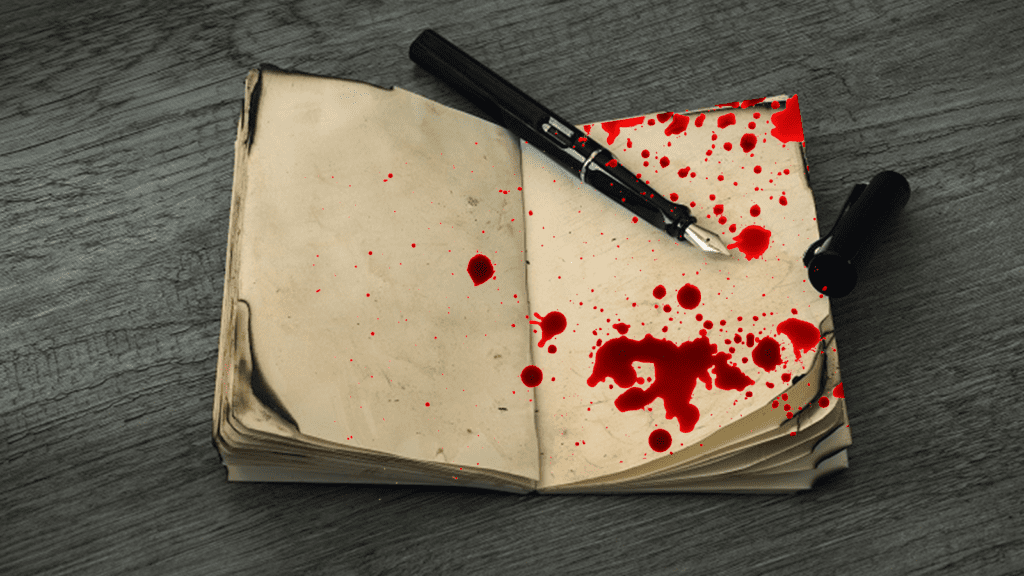5 Tips for Creating a Killer First Draft

Writing is a process, meaning that it’s not a great idea to expect to crank out a perfect first draft. But I’m a sucker for efficiency and quality, too. I also believe in creating a first draft that doesn’t leave you with quite such a bad taste in your mouth. So if you’re aiming for just moldy cheese instead of moldy cheese on a bed of sour tuna and limp pickles, here’s what you do.
1. Don’t write just to write.
Forced writing is the writing you do just to meet your mental deadline or because you “should” as a writer. It’s like the annoying thread on the edge of your hem. It typically doesn’t hold together during the final editing process. The flow you usually get when you are responding to concepts in addition to trying to create them in an active way also often is missing.
If you sit down during your scheduled writing time and it’s not working, don’t sweat it. Walk away. You’ll probably make up the word count on a “good” day later. So don’t buy into the idea that, by waiting, you get behind.
2. Separate the writing and the editing.
Yes, it’s OK to rethink a comma or specific word choice on the fly, or to quickly move a paragraph with copy and paste to improve cohesion. It’s natural to think a little about the mechanics of it all as you work. Doing a little as you go also means that there are fewer rough edges to sand down later.
But editing is like the sensible older sister who walks behind the wild younger sibling for both duty and love’s sake. It is analytical, concerned with how and why and all manner of things the younger sibling is too free to be bothered with. It is necessary to keep the story from dancing off a cliff. But it easily can disrupt your writing flow and cause you to question what you’re doing with your overall creativity.
So don’t let your editor and writer hats get confused in the wardrobe. Give yourself permission to write a first draft without judgment, no dramatic level of censorship allowed. Then trust that you can do the analysis and conscious decision-making for the heavy trimming and refining later.
3. Identify the goals.
I’m not talking about word or chapter quotas. I’m talking about getting in tune with the clear attitude/intention you want for the text. Know what you want a scene to do for the reader and where it fits in the larger plot arch. This is as much emotional and empathetic as it is technical. Knowing what you want to accomplish will keep you on track in terms of length, word choice, and even specific mannerisms a character shows off in the moment. As the editor’s cousin, attitude/intention lets you visualize the story within a predefined rule set. Those guardrails keep everything from getting too wild and irrelevant.
4. Let the story direct itself.
Genres do have a certain degree of formula to them. In fact, I’d go so far as to say that some publishers won’t accept manuscripts that deviate from the formulaic expectations, despite their calls for work that is “fresh”. Books also can’t survive without readers, so you can’t ignore their preferences completely. This is the delicate balance between originality and sellability.
But on the whole, great stories honestly don’t care two pittances about the reader. (A shock, I know.) In truth, great stories often challenge the reader and go in directions that make them question everything. They take on a life of their own. Characters are who they are. The ending is what it is–what it needs to be. This is much more reflective of real life. We don’t always get what we want. Situations can be unfair, and there’s not always a quick, easy line to the next chapter.
So let the first draft have its own life. Don’t do it the disservice of confining it to preconstructed rules of this time or society. The more you follow Rule #3 and connect with purpose, the more likely it is that you will create something that, for its novelty and ability to wake up the spirit, is truly memorable beyond short-term “bestseller” trends.
5. Have people read as you go.
The purpose here is not to let the readers direct the story and take you out of the driver’s seat. The purpose, keeping Rule #3 in mind, is to check that you actually are achieving the goals you defined for the paragraph, chapter, or entire manuscript.
If your feedback aligns with the goals you set, then you know you’ve hit the mark. If the feedback shows that you’re communicating something other than what you intended, though, then you know you’ve got to rework.
Try not to get hung up on the “flaws” as they are pointed out to you. Just let them run around in your brain as you do dishes or take a shower and take a few notes. They can shape what you write going forward, but you’re just highlighting things at this point so you don’t forget to come back to them later. Give those areas your full attention when it’s time to do a true edit.
Every writer has their own method of working–there is no one-size-fits-all for how to write. But certain concepts can apply regardless of personality, schedule, or tools. All of the “rules” above are in this vein and are meant to get you to a point of greater initial freedom on the page. The balance of freedom and conscious awareness is always the foundation for creating a killer draft every time.